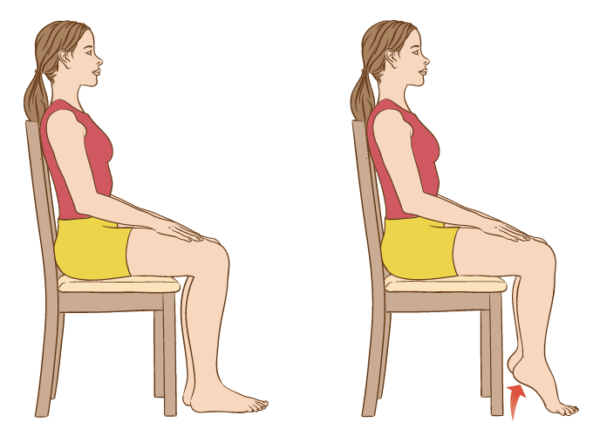As travel restrictions due to COVID-19 start to ease up, more and more people are flocking to airports, train stations, and their cars to explore again. In the blog below, we will discuss several ways to stay active and prevent travel injuries. These are simple tips that can help maintain your physical health while in a different routine and place. They can also prevent new travel injuries from occurring so that you can continue without issues.

Traveling, no matter where to or how far, is guaranteed to cause disruptions of many kinds. There are obviously mental changes that take place that result from seeing a new place, being in a new timezone, etc. And there are physical changes to contend with as well. Moving your body in different ways, times, and speeds is one exciting part of travel; however, it can become problematic. The last thing anyone wants to experience while traveling is a new injury or a recurrence of an old one.
4 Tips to Avoid Travel Injuries and Stay Well
- Perform heel raises often
- A heel raise is when you simply rise up onto the toes and lift the heels. This exercise can be performed in sitting, standing or laying down.
- A heel raise activates the gastrocnemius and soleus muscles, which are the big calf muscles that help point your toes.
- Heel raises also activate a mechanism called the calf muscle pump. This is a crucial mechanism that pumps blood from our feet back to our hearts. It is especially important when traveling in airplanes to prevent blood clots and maintain proper blood circulation.
- The calf muscles are also extremely important when it comes to walking and navigating stairs. So if you know your travel day is going to include a lot of walking and/or stairs, doing some heel raises can be a great way to warm-up and prevent travel injuries.

2. Get a good night’s sleep
- Sleep is the time that our body heals and recovers from the day. While traveling, sleep is especially important.
- After a long day of exploring, walking, climbing, etc. the body needs plenty of time to recuperate. Not getting enough sleep increases your likelihood of injury because the body hasn’t had adequate time to heal.
- Sleeping while traveling can be challenging as your routine and bed/pillow will likely be different. Give yourself plenty of extra time to fall asleep.
- If you are still having difficulty falling asleep, here is helpful link about sleep hygiene and tips for falling asleep:
- If jet lag is a concern, try to get plenty of sleep before your trip. Once you arrive at your destination, resist the urge to sleep during the day, even if you are tired. Taking short naps can be useful if absolutely necessary but try not to sleep more than 30 minutes.

3. Keep your physical activity consistent to help prevent travel injuries
- There isn’t always much consistency while traveling but as much as possible try to build some physical activity into your daily routine. Issues are more likely to arise when you spend one day being sedentary and the next walking over 20,000 steps
- If you know you are planning on walking a lot, wear comfortable shoes and take breaks as needed. Listen to your body. If you don’t usually walk more than 10,000 steps in a day, doing 20,000 might be too much.
- On rest days, still try to get some steps in. Maybe take extra strolls around your hotel pool or take the stairs instead of the elevator.
- In addition, if you are planning some kind of hike or long walk on your trip, make sure to practice that kind of activity before you leave. Try to make the practice environment as close to the travel environment as possible. This will help prepare your body for the activity and decrease your likelihood of injury.
4. Avoid prolonged sitting
- Long car, plane, or train journeys can be taxing on the body when we are forced to sit for prolonged periods. As a general rule, you should walk for 5 minutes per every 20 minutes of sitting. This is not always possible while traveling but it does illustrate how often we should be getting up and walking around.
- If you are not able to walk around, you can always do leg and arm exercises in your seat. Heel raises, marching, kicks, biceps curls, and overhead reaches are just some examples of movements you can do to stay active.
- After a long bout of sitting, do your best to stand and walk as much as possible. It might be tempting to sit right back down when you get to your next destination but standing for 10-15 minutes will be a good reset for your body.
- Too much sitting can lead to deconditioning, and decreased endurance. Check out this blog post for more about the perils of deconditioning: https://charmaustin.com/deconditioning-and-the-cascading-negative-effects/
Sources:




